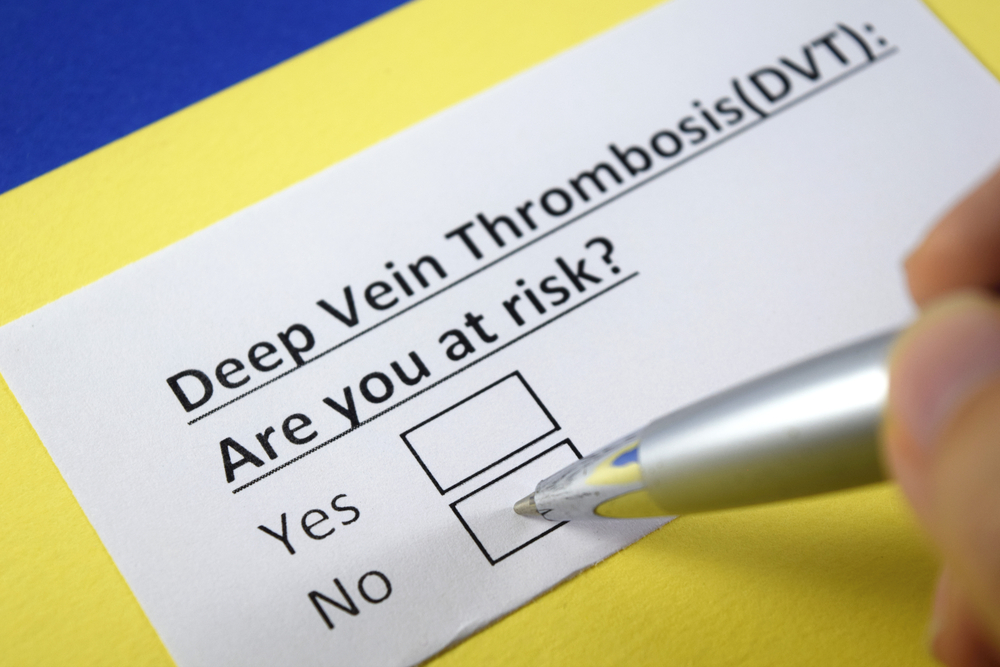Deep vein thrombosis refers to a blood clot in the large veins in the leg or pelvis. The three most common reasons for DVT are inflammation or damage of a vein’s inner lining, blood that clots quickly, and slow blood flow.
Critical veins run through the pelvis into the legs, carrying blood to the lower appendages, and performing other important circulatory functions. Sometimes blood flows slower than is normal through these inner, deep veins in the pelvis and legs. This slow blood flow can cause clotting, which is when blood thickens and clumps together.
What Does Deep Vein Thrombosis Feel Like?
Many people with DVT don’t feel any symptoms at all. Others feel leg pain or tenderness in the lower legs, particularly in the calf muscles. DVT can also cause leg swelling, and changes in skin color in the leg and foot. Deep vein clots often occur in the lower leg or thigh.
DVT is not life-threatening, but can lead to serious problems such as pulmonary embolism, which is when the blood clot travels to the lung artery. If DVT progresses to pulmonary embolism, a patient will feel chest pain, will be short of breath, and have a fast pulse. The patient may also be coughing.
Who’s at Risk?
The following conditions and scenarios can put a person at risk for deep vein thrombosis:
- Pregnancy
- Smoking
- Undergoing hormone therapy
- Prolonged bed rest, such as after an illness or accident
- Family history of blood clots
- Lack of physical movement
- Obesity
How is it diagnosed and treated?
Ultrasound, blood tests, venogram and phlebogram can all effectively diagnose deep vein thrombosis. Compression stockings and medication (blood thinners) are recommended to patients with less severe cases.
For more severe cases, the clot needs to be removed. Thrombectomy is when a physician removes the clot through a small incision in the groin. Thrombolysis is when the doctor inserts a catheter into the clot location and administers a medication that breaks up the clot.

